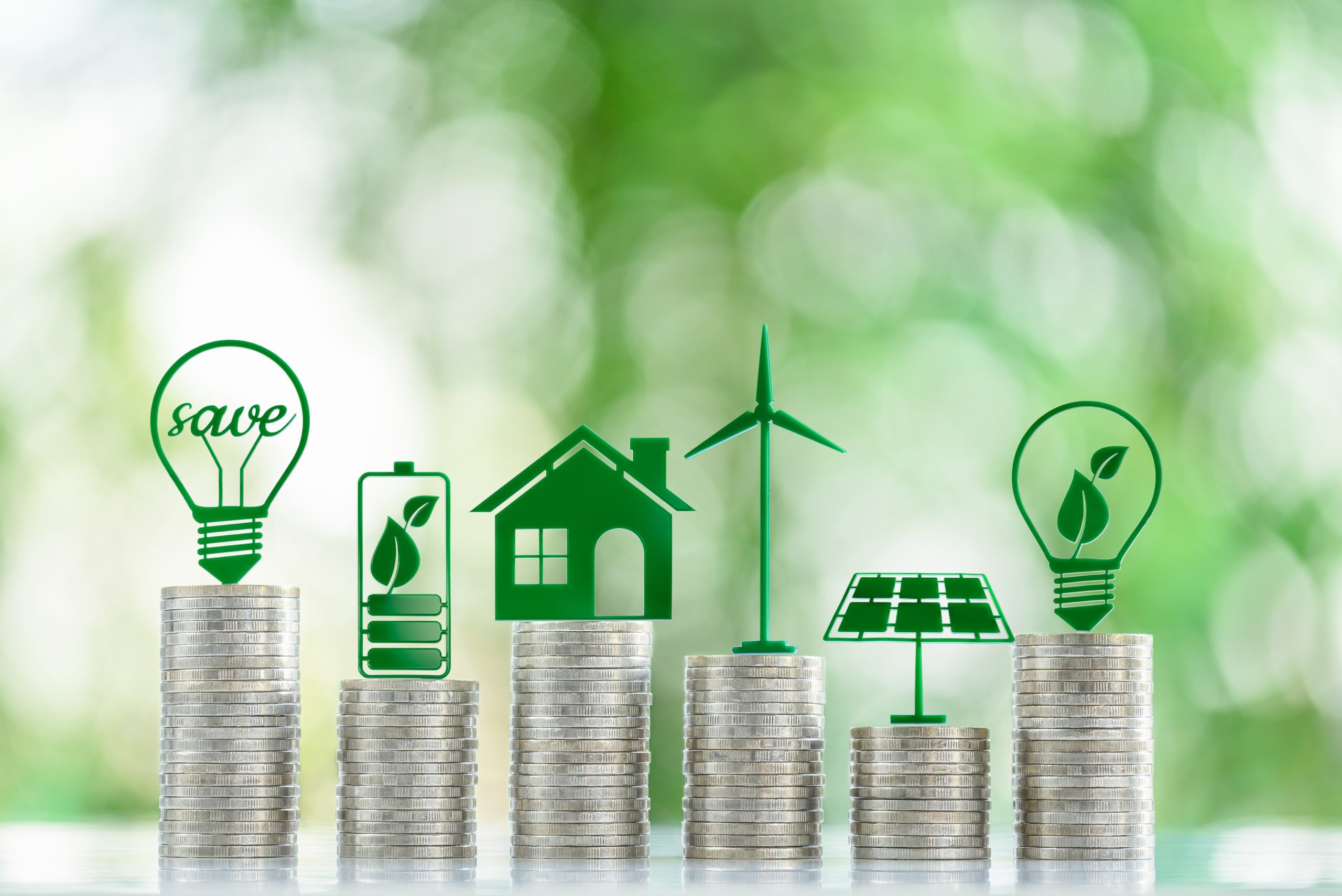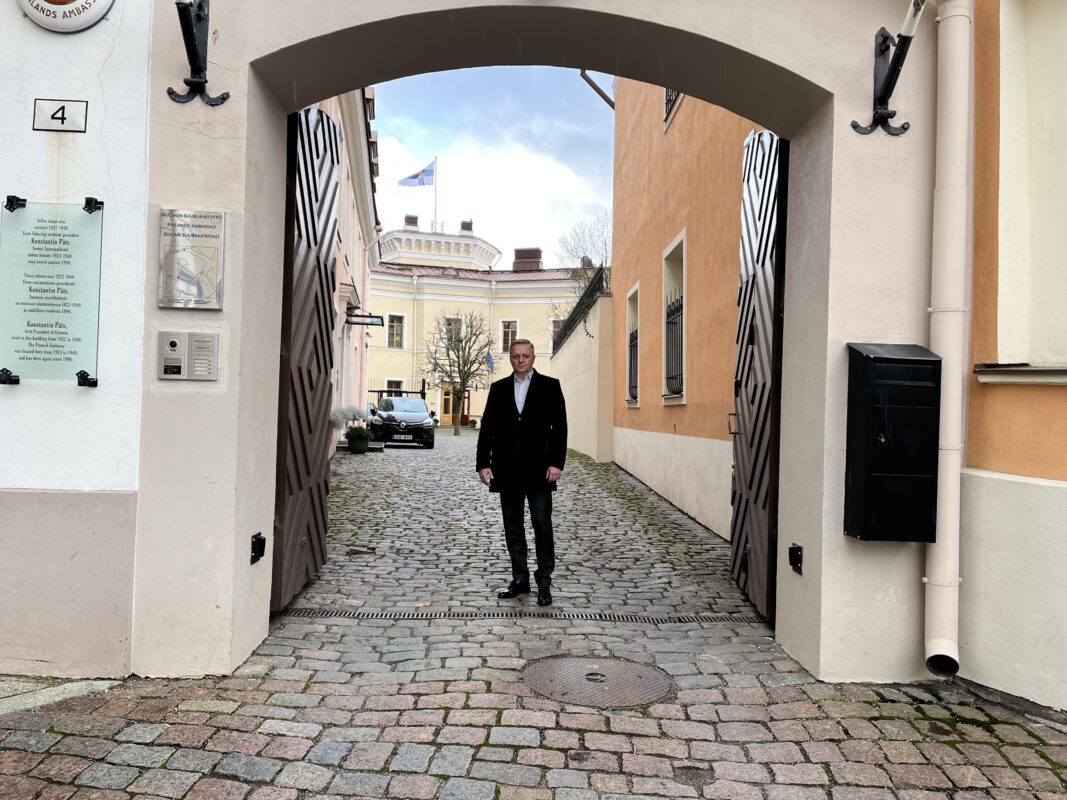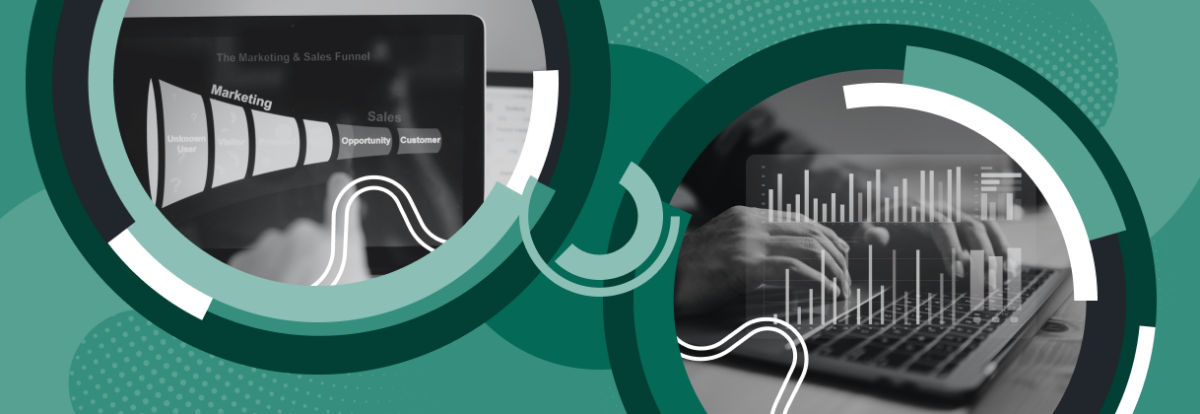Wind energy has developed into one of the most widely accepted sources of renewable energy, offering clean, sustainable alternatives to fossil fuels. From large wind farms generating power for entire cities to small wind turbines producing electricity for individual homes and businesses, this source of energy has been rightly identified for its ecological advantages. Like any technology, it has both pros and cons. While large-scale turbines dominate the landscape, small wind turbines provide unique advantages for localized power generation, though they also face distinct challenges. We will explore the key benefits and setbacks of wind energy, with emphasis on both large and small turbines.
What is Wind Energy?
How Wind Turbines Work
A wind turbine converts wind energy into electricity by using its large blades to capture the wind’s kinetic energy. As the wind blows, it causes the turbine’s blades to spin around a rotor, which is connected to a shaft. This mechanical energy from the spinning shaft passes through a gearbox, increasing its speed. The faster spinning shaft powers a generator that converts the mechanical energy into electrical energy. The generated electricity is then transmitted to the power grid for use in homes and businesses. Advanced control systems also help optimize efficiency and protect the turbine during high winds. Wind turbines generally start by themselves when there is enough wind to turn the blades, but they often need a minimum wind speed, known as the cut-in speed (typically around 3-4 meters per second or 7-9 mph). Below this speed, the wind’s force isn’t strong enough to overcome friction and inertia in the turbine’s moving parts.
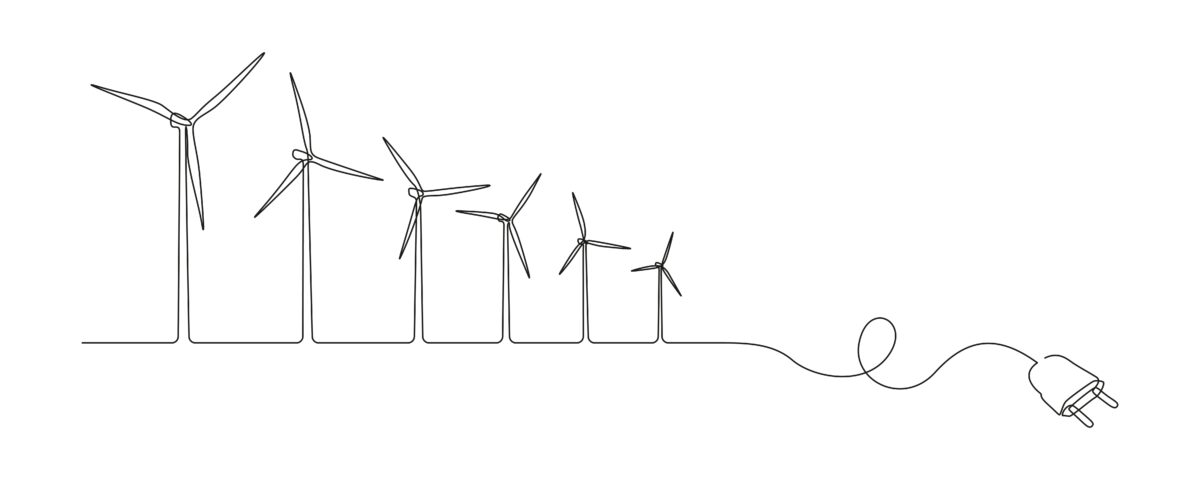
Advantages of Wind Energy
Environmental Benefits
Wind energy’s little impact on the environment is one of its most significant benefits. In contrast to fossil fuels that emit hazardous emissions, wind turbines produce clean energy without adding to the pollution in the atmosphere. Because of this, wind energy is an essential component of the worldwide effort to fight climate change and reduce greenhouse gas emissions. Furthermore, wind farms promote water conservation initiatives since they require significantly less water than conventional power plants, especially in areas where water is scarce.
Economic Benefits
The economic pros of wind energy are among its main advantages. The wind energy industry has emerged as a significant job creator in response to the growing demand for renewable energy, especially in sectors that include the production, installation, and upkeep of wind turbines. The regions that have invested in wind farms have experienced notable economic growth as a result. The industry offers steady, well-paying positions ranging from turbine technicians to engineers, which are crucial for the upkeep and growth of wind energy infrastructure.
How Efficient Are Wind Turbines?
How effective are wind turbines? This is a frequently asked topic regarding wind energy. In general, modern wind turbines are quite efficient in turning wind into electricity. This efficiency depends on several variables, including wind speed, farm location, and wind turbine technology. Offshore wind farms and other locations with consistent high winds typically have more efficient turbines than areas with less regular wind patterns.
Considering switching to Wind Energy? Discover if our next-generation wind turbines are perfect for your business. We offer a comprehensive site feasibility survey to evaluate your location, potential ROI, and available incentives – free! Register here for more information or to speak with one of our experts today!
Disadvantages of Wind Energy
Wind Power Disadvantages
Wind power, while an important participant in the renewable energy space, has a number of drawbacks that need to be taken into consideration. The fact that wind energy generation is reliant on weather patterns makes it one of the most important. In areas where wind patterns are erratic, in particular, this variability may result in power supply interruptions. The financial constraints are compounded by the high initial expenditures associated with establishing wind farms, particularly offshore. Furthermore, even with the advancements in technology, many communities continue to be concerned about the aesthetic impact of wind turbines, noise pollution, and the possible damage they pose to wildlife, especially birds and bats. It is worth adding at this point that small wind turbines are the technology that addresses all these problems. Vertical Axis Wind Turbines have a design that is friendlier to the ecosystem in which it is installed, emits less noise and fits more easily into the landscape due to its smaller size.
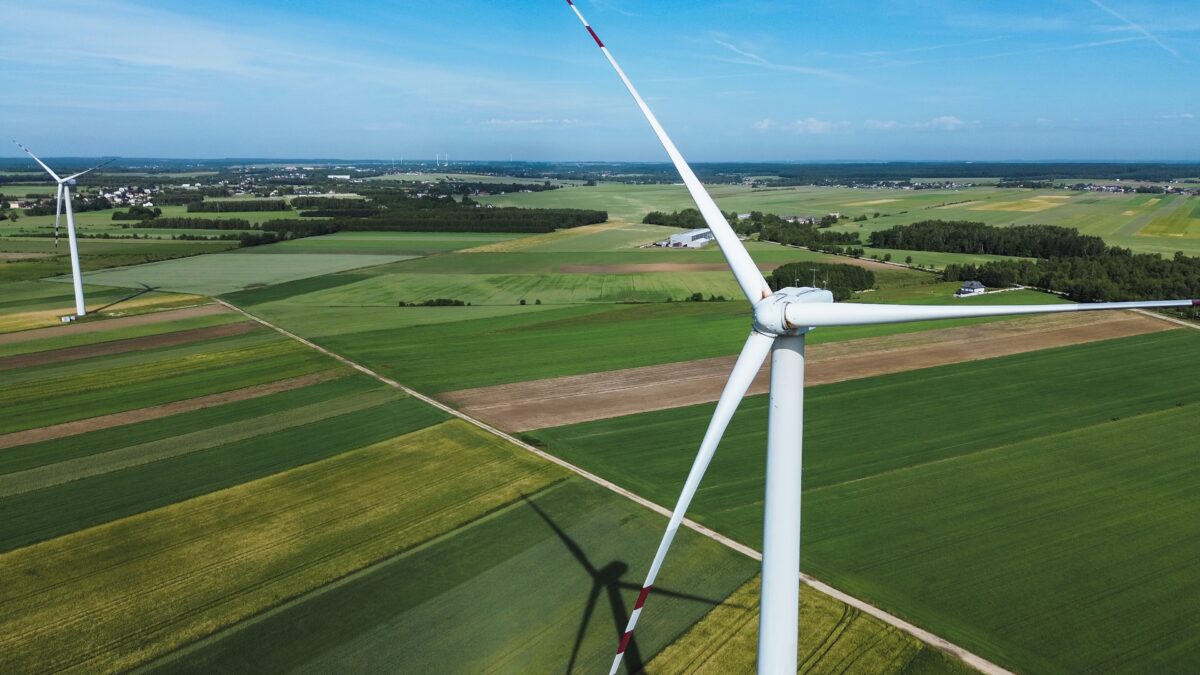
How Long Do Wind Turbines Last?
The lifespan of wind turbines is intended to be between 20 and 25 years. Regular maintenance is essential to keeping them functioning well throughout this period. Due to their continuous exposure to weather, wind, and, in the case of offshore turbines, seawater, vital parts like the rotor blades, gearbox, and generator are susceptible to wear and tear. The goal of technological advancements in wind turbines is to increase their lifespan, increase their durability, and lessen the frequency of repairs or replacements. A major disadvantage of large wind turbines is problem with their recycling. Large turbines are manufactured from materials that are not recyclable and are simply waste after their life cycle is exhausted. In contrast, such a challenge is not posed by Freen’s small wind turbines, which are manufactured from metal that can be easily sold when the turbine has reached the end of its operational life.
What is the Cost of Wind Energy?
The high threshold for entry into wind energy investment is often considered a major drawback of technology and an obstacle to the wider application of wind energy. Thanks to the development of small wind turbine technology, however, the costs incurred for investment preparation are much lower. Recent years have seen a significant decrease in the cost of wind energy due to economies of scale and advances in wind turbine technology. The long-term advantages of building wind turbines outweigh the upfront expenses, which can be substantial due to the need for infrastructure and grid connection, especially in offshore sites. Since wind turbines don’t burn fuel or emit any pollution, their operating costs are quite low. Additionally, wind energy becomes an even more economically appealing option for sustainable power generation because financial incentives and government subsidies are available in many places.
How Much Energy Does a Wind Turbine Produce?
A wind turbine’s capacity to generate electricity is determined by variables, such as location, size, and wind speed. Larger offshore wind turbines can produce up to 12 MW or more, whereas onshore turbines normally produce between 2 and 3 MW. However, large wind turbines require special conditions because they take up a lot of space and emit noise. In such areas, small wind turbines (up to 100 kW) work well in densely populated areas or industrial areas.
Wind speed is important because even a slight increase in wind speed can result in a notable increase in energy production. The efficiency of modern wind turbines has increased because of their ability to function under different wind conditions and maximize energy production.
Interested in wind energy but unsure how to get started? Our small wind turbines are ideal for various commercial applications. Let us help you with a free site feasibility survey to assess your potential and guide you through the process. Contact us today to book your free survey and unlock the benefits of wind energy!
Small Wind Turbine Technology
Freen wind turbines, which come in three different power capacities—20 kW, 3 kW, and 55 kW—are excellent illustrations of how modern wind turbine technology can be tailored to meet a range of energy requirements. The Freen-20 kW is a very efficient vertical-axis wind turbine (VAWT) that may be used off-grid or on-grid. Its flexible blades and ultra-light design enable it to generate power even at low wind speeds of 3.5 m/s. Because it doesn’t need to be recalibrated when the wind changes direction, it is a dependable and low-maintenance solution for continuous energy generation, which is one of its key advantages.
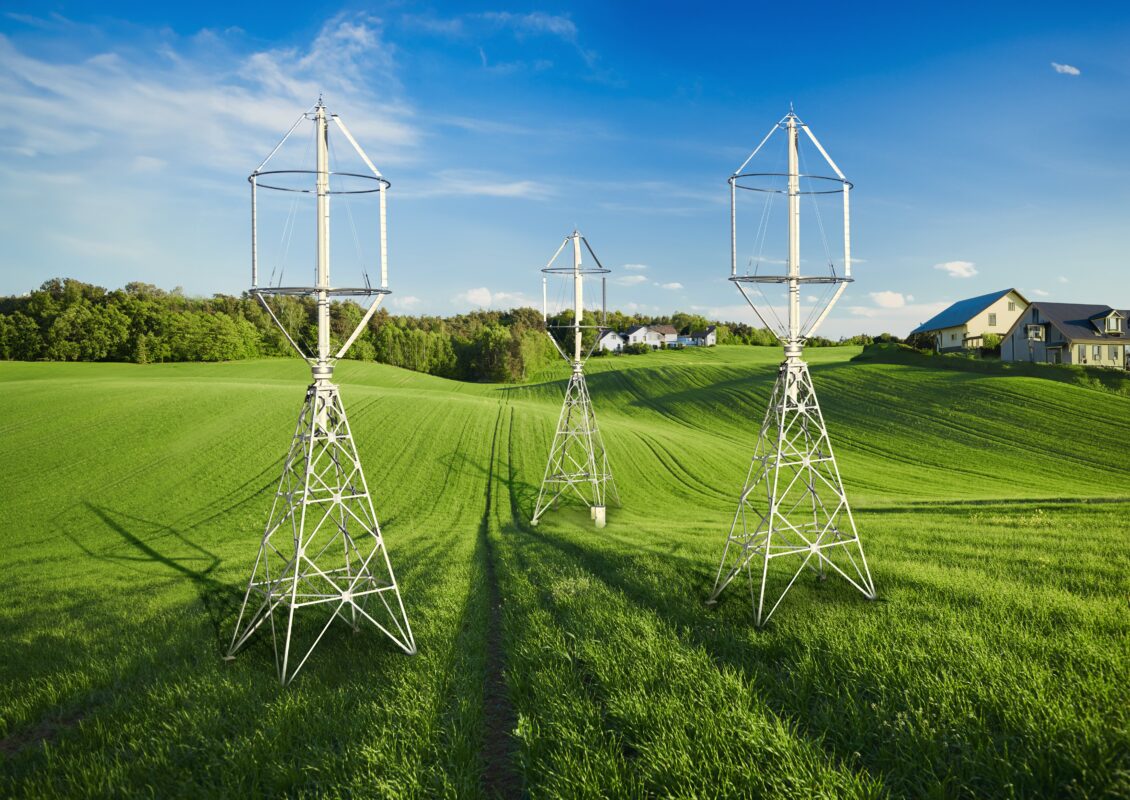
Smaller-scale applications are best served by the Freen-3 kW turbine. This model may be mounted on rooftops or in locations with variable wind conditions because it is lightweight and silent, making it suitable for both emergency and household energy generation. It is appropriate for both on-grid and off-grid power demands because of its high efficiency despite its small size, especially in rural or metropolitan areas where noise pollution is an issue. On the opposite end of the scale, there is the Freen-55 kW wind generator, which is made for higher power requirements. With its sophisticated management mechanisms, it can catch the most energy at different wind speeds, which makes it perfect for larger installations like industrial sites or rural villages.
Conclusion
In conclusion, both large and small wind turbines offer significant benefits, and each serves different needs. Large turbines are efficient for powering entire communities, while small turbines provide localized solutions, ideal for homes and businesses. Small wind turbines overcome many challenges posed by large wind farms, such as land use and noise, making them more versatile for individual applications. Moreover, ongoing advancements in wind technology continue to reduce the drawbacks, making wind energy viable and sustainable option for the future.


